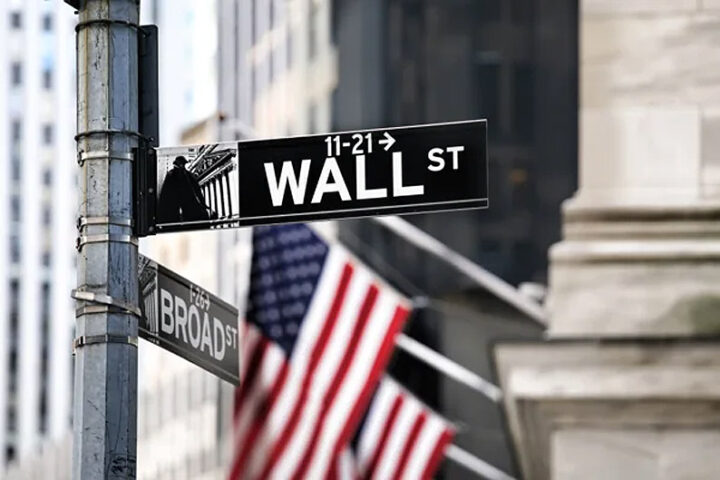By Hussein Sayed, Chief Market Strategist at Exinity
The first three months of 2022 have been one to forget.
The S&P 500 ended the quarter down 4.95%, its worst performance since the coronavirus pandemic and the fourth worst quarterly performance over the past ten years. The tech-heavy Nasdaq Composite did even worse, falling 9.1% as the selloff was concentrated in high multiple stocks, while the Dow Jones Industrial Average lost 4.57%.
These losses came despite a sharp recovery in risk from the initial shock of the Russian invasion, which sent many commodity prices to record highs and oil to levels not seen since 2008. The S&P 500 gained more than 10% from the February lows of 4,114, and the Nasdaq is up more than 13% for the same period.
The latest recovery in risk has come despite many warning signals, and it reflects how resilient equity markets have become in facing tough challenges.
Ever since the coronavirus pandemic, investors have followed a “buy the dip” strategy which worked exceptionally well in the successive waves of that crisis.
But the environment this time is different with an ongoing war that no one knows how will end, inflation at levels not seen in decades, and central banks trying to speed up the tightening cycle as they fall behind the curve.
Corporate earnings are not supportive either. Following four quarters of double-digit growth in profits, we are now returning to single-digit growth for Q1 and Q2. However, valuations remain overstretched, with the S&P 500 12-month forward P/E ratio at 19.5 compared to the 10-year average of 16.8.
Another warning signal has come from the US Treasury yield curve, where the two-year Treasury yield rose above those of the 10-year and 30-year last week in what we call an “inverted” yield curve that has preceded most recessions in the US.
Further rallies?
Given all the potential risks markets face in the upcoming months, can we still see further rallies in stocks?
The short answer is yes.
The yield curve inversion may be correct in predicting most recessions, but it comes with a lag of up to two years. The asset purchase programme by the Federal Reserve also plays a role in the shape of the curve, so it’s not only driven by economic factors, and the circumstances are different than in the late 90s and in 2006.
We can keep saying a recession is coming, but eventually timing a recession is not a simple task.
Bonds perform worse than stocks in rising interest rates and an inflationary environment, leaving investors with fewer alternatives. That’s why stocks have the potential to rise further despite the list of risks.
However, it’s no longer an argument of growth versus value when selecting stocks, but a matter of quality and which companies can benefit from rising prices, and keep margins high.
For information, disclaimer and risk warning note, visit: https://exinity.com/en-ae
Exinity ME Ltd, a company registered under the Laws of the Abu Dhabi Global Market (ADGM), is authorised and regulated by the Financial Services Regulatory Authority (FSRA)










